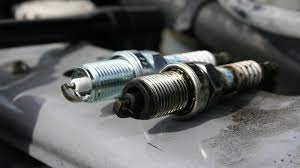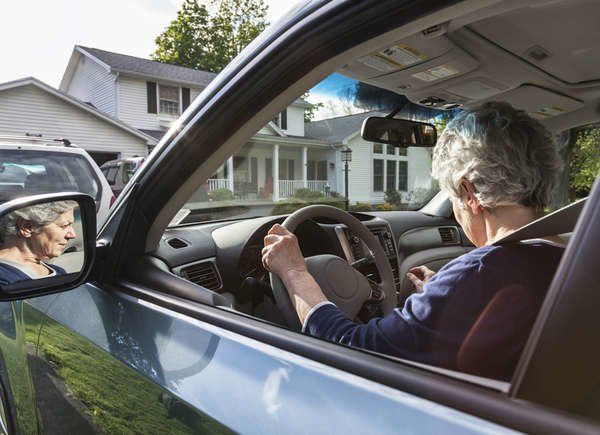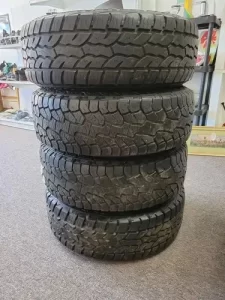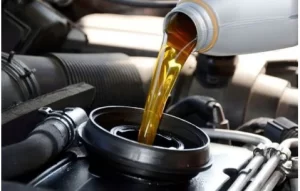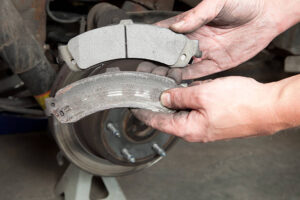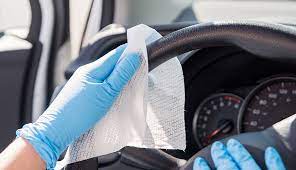
How to interpret the Check Engine Light
The Check Engine Light could indicate a variety of malfunctions. It could be anything from a loose gas cap to something more serious like faulty spark plugs. It is usually a trip to the workshop, after which you will generally have a lighter wallet.
What is the check engine lamp?
The check engine light, also known as the MIL (Malfunction Indicator Lamp), indicates to your car’s “Engine computer” that something is wrong. Your car’s computer, the ECU, does all the math to make it run more efficiently. The ECU checks the operation of your car’s powertrain every time it is put in the ignition. This ensures that everything works properly. Let’s find out what this means.
If it blinks, it is serious. Period.
You should immediately stop driving if your check engine light flashes. Driving in this state can cause severe damage to expensive parts of your car. It is worth considering having your car towed or having it checked out by a professional mechanic in such situations.
But what if it’s a steady light?
This is not a serious problem or an emergency. It is possible to continue driving, but you should stop by a local shop as soon as possible for a quick inspection.
Here is the Most Common Reasons Your Check Engine Light is On:
- A malfunctioning catalytic converter – It converts harmful hydrocarbons into less toxic gases. Bad mileage could lead to a loss of power and can cause poor performance.
If the car is well maintained, it’s unlikely to malfunction. However, if your catalytic converter malfunctions and needs to be replaced, it can cost you up to $ 6000.
- Mass Airflow sensor fault helps the ECU determine the fuel to air ratio for efficient fuel burning. This usually indicates that a clogged air filter has clogged up the engine’s airflow. This could cause the car to stall and have poor idle and low mileage.
However, if the sensor stops working, it can be costly to replace. These complicated electronics can be difficult to repair.
- A loose or open petrol cap. This can significantly impact a car’s performance and maintain the required pressure throughout its line and system. It can also reduce mileage and cause emissions to increase.
Check the cap for looseness or damage if the light comes on. If the cap is loose, tighten it or replace it if the damage is apparent. The light should turn off quickly.
- Fault with the oxygen sensor – This sensor monitors the unburned oxygen in the exhaust. It is related to the fuel to air ratio and efficient burning. Every exhaust pipe is equipped with a sensor. The ECU can diagnose which one is failing. This one is best left to the professionals.
Faulty readings can indicate poor performance, damaging the catalytic converter that could cost thousands of dollars to replace.
- Old or damaged spark plugs – The spark of life. It ignites the fuel and air mixtures in the combustion chamber. This is a small but essential component that doesn’t need to be changed often.
Your local mechanic will replace the spark plugs if it is indeed bad. They are also very affordable.
Sometimes, even your mechanic will have trouble diagnosing the problem. It could just be a loose sensor wire. If your “check engine” lights come on all the time, it could signify that your car is old and is asking too much. It is time to sell your car and allow it to rest in peace.



